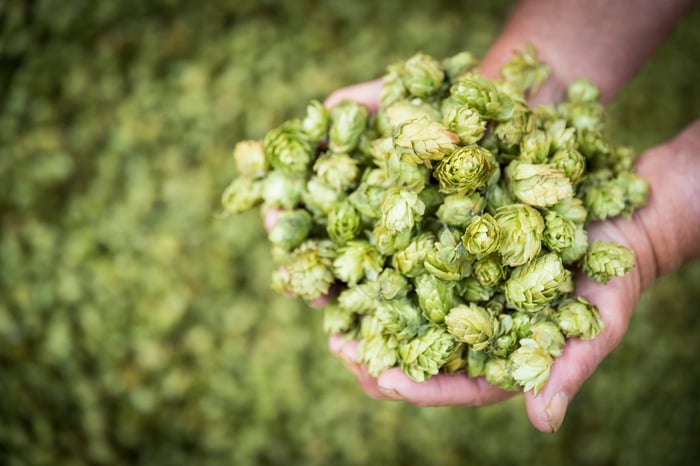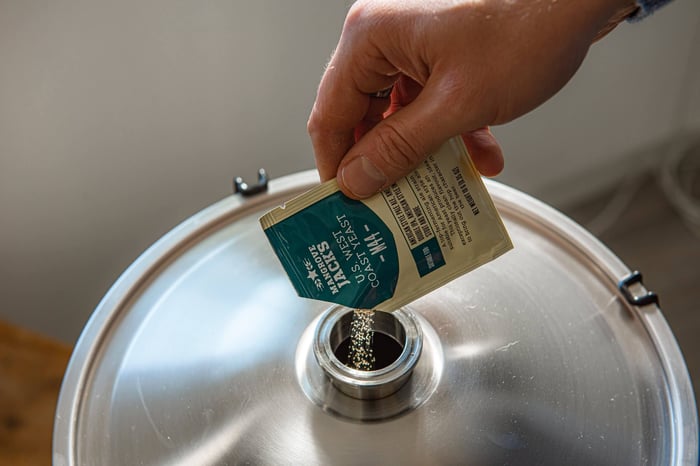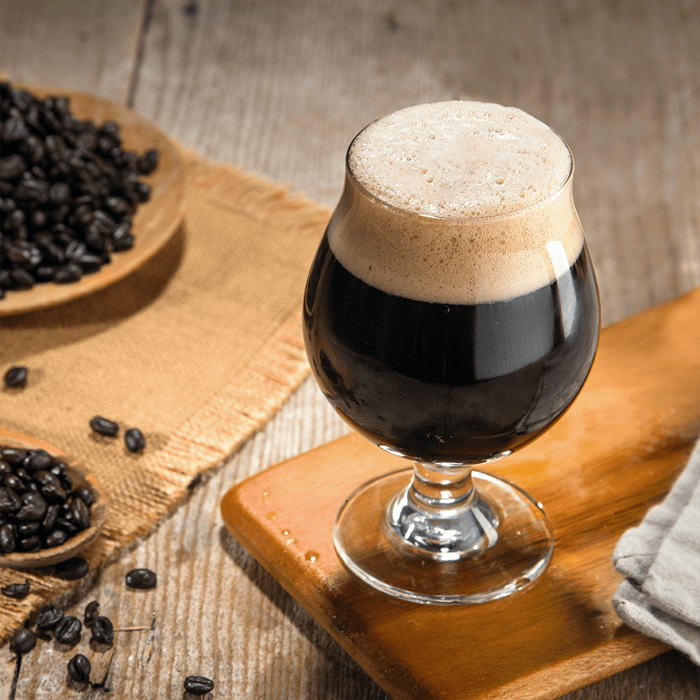There's something rather special about British mead making, isn't there? Perhaps it's our connection to ancient brewing traditions, or maybe it's the way our changeable climate produces exceptional orchard fruits and garden herbs. Whatever the reason, fruit and spice meads feel perfectly at home in British brewing culture.
What Makes British Mead Special?
British mead making benefits enormously from our diverse growing conditions and heritage varieties. From Kent orchards to Scottish wildflower meadows, we've got ingredients that create distinctive character you simply can't replicate elsewhere. The key lies in embracing what grows well here rather than forcing exotic alternatives.
Understanding Melomel Categories
Let's start with the basics, shall we? Melomel refers to any mead crafted with fruit, though several subcategories deserve proper attention. The beauty of British melomels lies in seasonal availability – spring rhubarb, summer soft fruits, autumn orchard produce, and preserved winter varieties each offer unique brewing opportunities.
Practical consideration: British fruit seasons provide natural brewing rhythm. Plan spring batches around forced rhubarb, summer meads with soft fruit abundance, and autumn production using orchard harvests. This seasonal approach ensures peak ingredient quality whilst connecting with traditional British brewing patterns.
Cyser: Celebrating British Apples
British apple varieties create absolutely exceptional cysers, particularly traditional cider varieties with proper tannin structure. Somerset Redstreak, Devon cider apples, Herefordshire bittersweets – these heritage varieties offer complexity that eating apples simply cannot match.
Local sourcing tip: Many traditional cider producers now sell pressed juice from heritage varieties specifically for home brewing. This approach guarantees authentic character whilst supporting local orchards maintaining rare British apple varieties.
The finest British cysers often require extended conditioning. Unlike quick-drinking styles, traditional approaches develop remarkable complexity over time. Think aged Somerset cider meeting quality British honey – absolute perfection when properly executed.
British Garden and Countryside Influences
Berry Meads: Soft Fruit Excellence
British soft fruit creates outstanding meads, particularly varieties that thrive in our climate. Gooseberries, blackcurrants, raspberries, and elderberries each contribute distinctive character reflecting British terroir.
Seasonal brewing approach:
- Spring: Forced rhubarb creates bright, tart meads perfect for warm weather
- Early summer: Gooseberries and early strawberries offer fresh, garden-fresh character
- High summer: Raspberries, blackcurrants, and tayberries provide intense fruit flavours
- Late summer: Blackberries and elderberries create rich, contemplative autumn meads
Many pick-your-own farms now cater to home brewers, offering bulk quantities at reasonable prices during peak seasons.
Stone Fruit Specialities
Whilst not traditionally British, stone fruits now grow successfully in Southern England, creating interesting mead possibilities. Kent cherries, Kentish cobnuts, and increasingly successful peach and apricot varieties offer new directions for British mead makers.
Climate consideration: British stone fruit seasons remain shorter than Mediterranean alternatives, making timing crucial. Fresh fruit availability windows require advance planning, though frozen alternatives can extend brewing seasons effectively.
Traditional British Herbs and Spices
Garden Herb Meads
British herb gardens provide exceptional mead ingredients, particularly perennial herbs that develop concentrated flavours in our climate. Rosemary, thyme, sage, and lavender create distinctive meads reflecting traditional British cooking and garden culture.
Foraging opportunities: Countryside foraging remains popular for mead ingredients, though proper identification and landowner permission stay essential. Elderflowers, rose hips, and various wild herbs create unique British character impossible to achieve with purchased alternatives.
Medieval Spice Traditions
British spiced mead traditions draw from medieval monastery brewing, combining local herbs with imported spices from historical trade routes. Traditional combinations include:
- Metheglin blends: Complex spice mixtures using cinnamon, cloves, and local herbs
- Elderflower and honey: Classic British combination celebrating early summer
- Rose petal meads: Drawing from medieval rose garden traditions
- Herb garden blends: Featuring lavender, rosemary, and other British-grown herbs
Many traditional combinations work brilliantly in modern interpretations whilst maintaining connection to British brewing heritage.
Modern British Approaches
Contemporary Ingredient Combinations
Modern British mead makers excel at combining traditional techniques with contemporary ingredient availability. Craft coffee meads using local roasters, chocolate meads featuring British chocolatiers, and seasonal fruit combinations that celebrate British growing excellence.
Innovation within tradition: The finest contemporary British meads respect traditional methods whilst embracing quality modern ingredients. This approach creates distinctive character that feels both rooted and contemporary.
Regional British Variations
Different British regions offer unique ingredient possibilities:
- Southwest: Cider apple varieties and sea salt influences
- Southeast: Stone fruits and herb garden traditions
- Midlands: Orchard fruits and traditional brewing heritage
- North: Wild berries and moorland honey varieties
- Scotland: Heather honey and Highland botanical influences
Each region provides distinct terroir possibilities for mead makers willing to explore local character.
Speciality British Styles
Braggot: Ale and Honey Traditions
British braggot benefits from our exceptional ale brewing heritage. Yorkshire bitter braggots, London porter influences, Scottish ale traditions – each creates unique expressions combining British beer character with honey complexity.
Traditional approach: British braggots often emphasise malt character and traditional ale yeast strains, creating substantial body and complex flavour development through proper conditioning periods.
Experimental British Meads
Contemporary British mead makers push boundaries whilst respecting tradition. Whisky barrel-aged meads, wild fermentation using British indigenous yeasts, seasonal ingredients reflecting local food culture – innovation serves tradition rather than replacing it.
Modern equipment makes traditional techniques more accessible whilst maintaining authentic character development that defines excellent British meads.
Seasonal British Mead Making
British seasons provide natural brewing rhythm that wise mead makers follow. Spring cleaning coincides with equipment preparation, summer abundance offers peak ingredient availability, autumn harvests enable substantial production, and winter conditioning develops complexity.
Equipment considerations: British climate requires attention to fermentation temperature control, particularly during variable autumn and spring conditions. Visit Grainfather UK store Proper equipment makes traditional British mead techniques accessible whilst ensuring consistent results regardless of seasonal weather variations.
Embracing British Mead Heritage
The journey from British honey and local ingredients to finished mead connects us with centuries of brewing tradition whilst creating something distinctly contemporary. Whether using Somerset apples, Kent cherries, or Scottish heather honey, the finest British meads reflect our unique terroir and brewing heritage.
Grainfather Team










